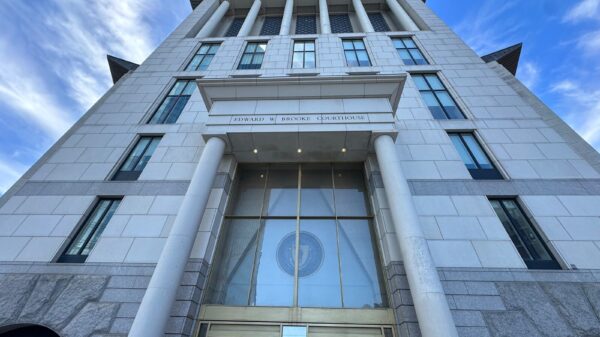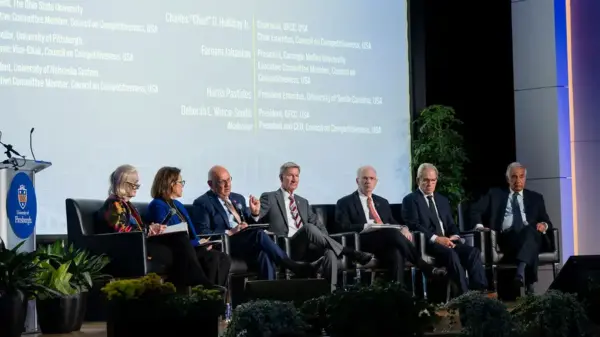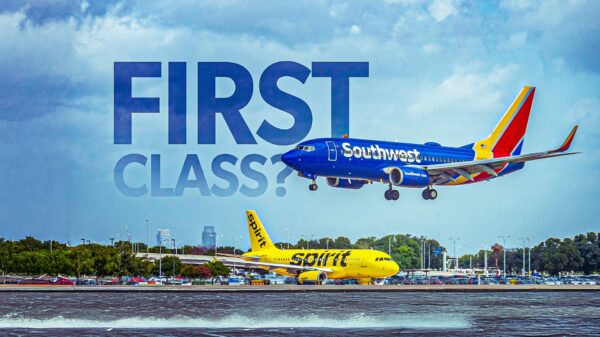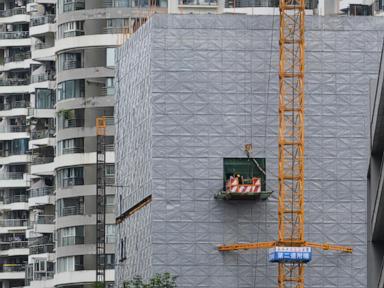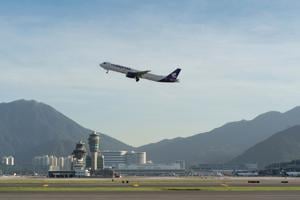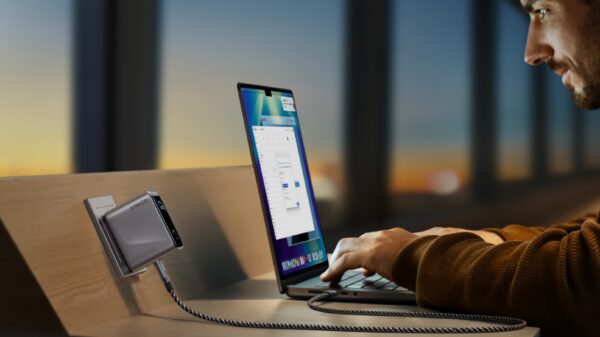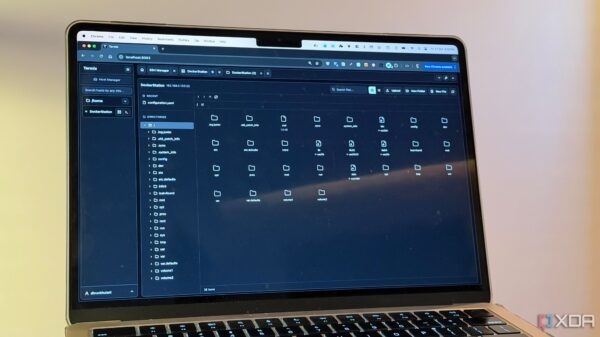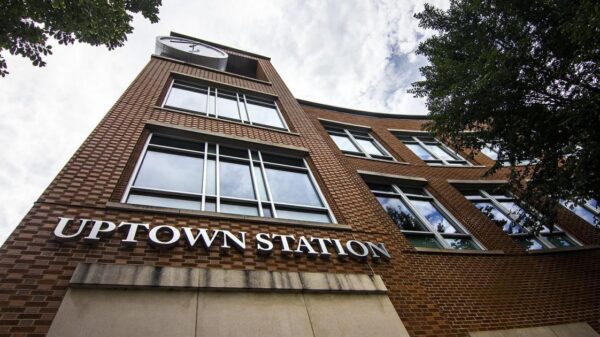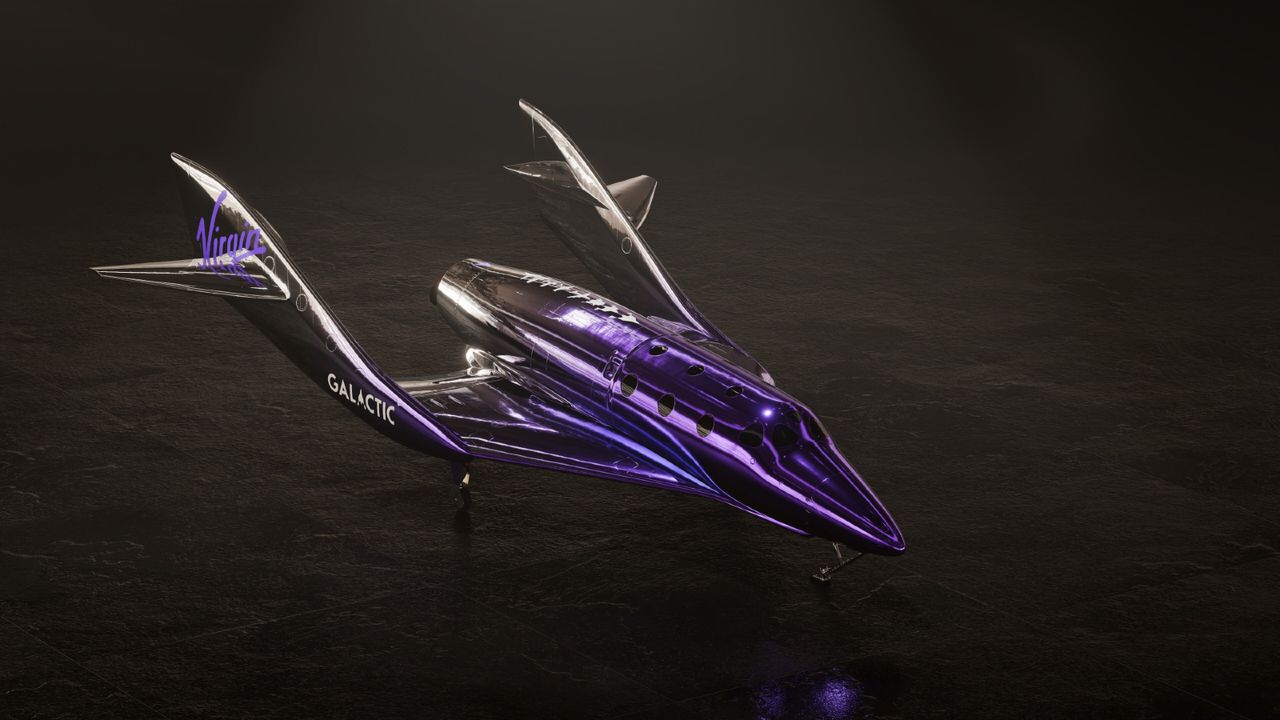Virgin Galactic is advancing its ambitious plans for the new Delta Class suborbital space planes, aiming to launch research and private astronaut flights by fall 2026. The company is currently deep into development, with significant progress reported on various systems and structures of these next-generation spacecraft.
The Delta Class project includes a collaboration with the Lawrence Livermore National Laboratory to explore the feasibility of using Virgin Galactic’s mothership aircraft as a high-altitude carrier platform for other spacecraft. This initiative reflects the company’s commitment to enhancing its operational capabilities in the burgeoning space tourism industry.
Progress and Features of the Delta Class
During a recent conference call on August 6, 2025, Virgin Galactic’s CEO, Michael Colglazier, emphasized the strength of the company’s financial position, enabling it to execute its business model as the Delta Class SpaceShips approach commercial service. Colglazier reiterated the timeline for commercial operations, which is still targeted for 2026.
Key developments highlighted during the call include the ongoing assembly of the Delta Class’s wings, slated for completion in the fourth quarter of this year, and the innovative “feather” assembly system. This unique system enhances stability during the reentry phase of the flight, a critical factor for safety in suborbital travel. The final assembly of the Delta Class SpaceShip fuselage is anticipated to be completed by late 2025 or early 2026.
In addition to the Delta Class advancements, Virgin Galactic is also assessing the potential for a second spaceport located in Italy. This expansion could further bolster the company’s operational reach and capacity.
Flight Capacity and Operational Goals
The Delta Class vehicles are designed for an impressive operational capacity, with plans to conduct up to eight space missions per month. This is a substantial increase compared to their predecessor, the VSS Unity, which had a customer capacity twelve times less than that of the Delta Class. The new spacecraft aim to deliver an unprecedented frequency of flights at a competitive cost structure, positioning Virgin Galactic as a leader in the commercial spaceflight sector.
President of Spaceline, Mike Moses, oversees the commercial spaceflight program and has been instrumental in pushing the Delta Class SpaceShip program forward. The company recently released a “Galactic 10” video that showcased key development milestones and provided insights into the progress being made.
As Virgin Galactic continues its preparations for the 2026 launch, the Delta Class suborbital space planes represent a significant step forward in making space travel more accessible to a broader audience, paving the way for both research initiatives and private adventures beyond Earth.

